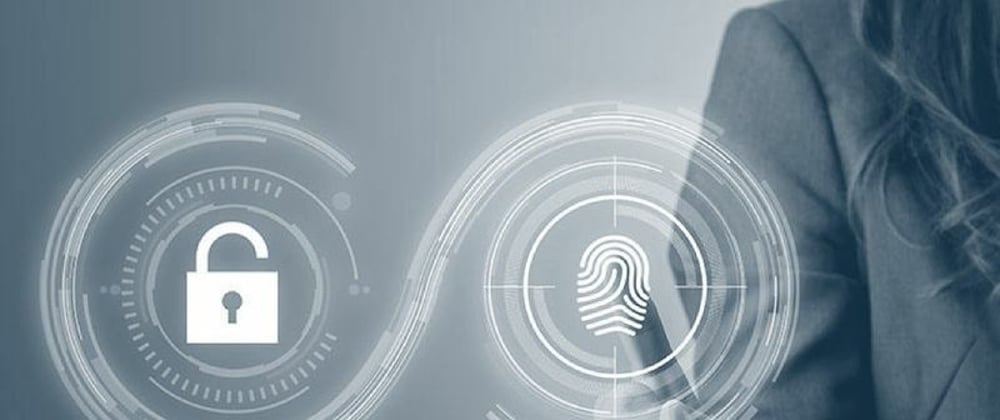In this article we will see broken authentication and its impact on consumers and businesses. How to prevent broken authentication vulnerability, examples and more.
When a hacker gains access to the system administrator's account by exploiting the online platform's vulnerabilities, especially in two areas: credential management and session management, this is known as broken authentication. Only a confirmed user is permitted into the system, ensuring that the consumer's identity is protected.
What Is the Impact of Broken Authentication and Session Management
Cybercriminals may hijack your web application for a number of reasons, including:
- Stealing of critical business information
- Identity Theft
- Making fake phone calls or sending fake emails
- Making malicious software applications to cause network disruption
- Cyberterrorism
- Cyberstalking
- On the dark web, you can sell illegal goods
- On social media, spreading fake news
In short, hackers can acquire access to a system by faking session data, such as cookies, and stealing login credentials using broken authentication attacks and session hijacking. As a result, it's preferable if you never compromise the security of your web apps.
How to Prevent Broken Authentication
- To validate the consumer's identity, use multi-factor authentication (MFA). A One-Time Password (OTP) messaged or emailed to the user is an example. Brute force attacks, credential stuffing, and stolen credential reuse attacks will all be prevented by this step.
- Use weak-password checks by requiring users to create passwords with a mix of tiny letters, capital letters, alphanumeric symbols, and special characters. For remembered secrets, it's advisable to follow NIST 800-63 B's guidelines in section 5.1.1.
- Using the same message for each outcome ensures that credential recovery, registration, and API paths are not exposed to account enumeration attacks.
- After logging in, hackers are protected by creating new random session IDs with high entropy. Remember that session IDs should not appear in URLs and should be invalidated after logging out.
How CIAM Solution Protects Against Broken Authentication
Here's how CIAM platform applications protect against broken authentication:
- End-to-end SSL encryption protects data while in transit and prevents unauthorized access.
- To reduce the chance of being hacked, use multi-factor authentication.
- Consumer security is significantly improved by one-way hashing of passwords.
- Users can use the same profile to log in everywhere with a single sign-on (SSO) solution.
Final Thoughts:
To protect your company's database from session hijacking, credential stuffing, and other broken authentication attacks, you should use top-notch cybersecurity solutions.







Latest comments (0)